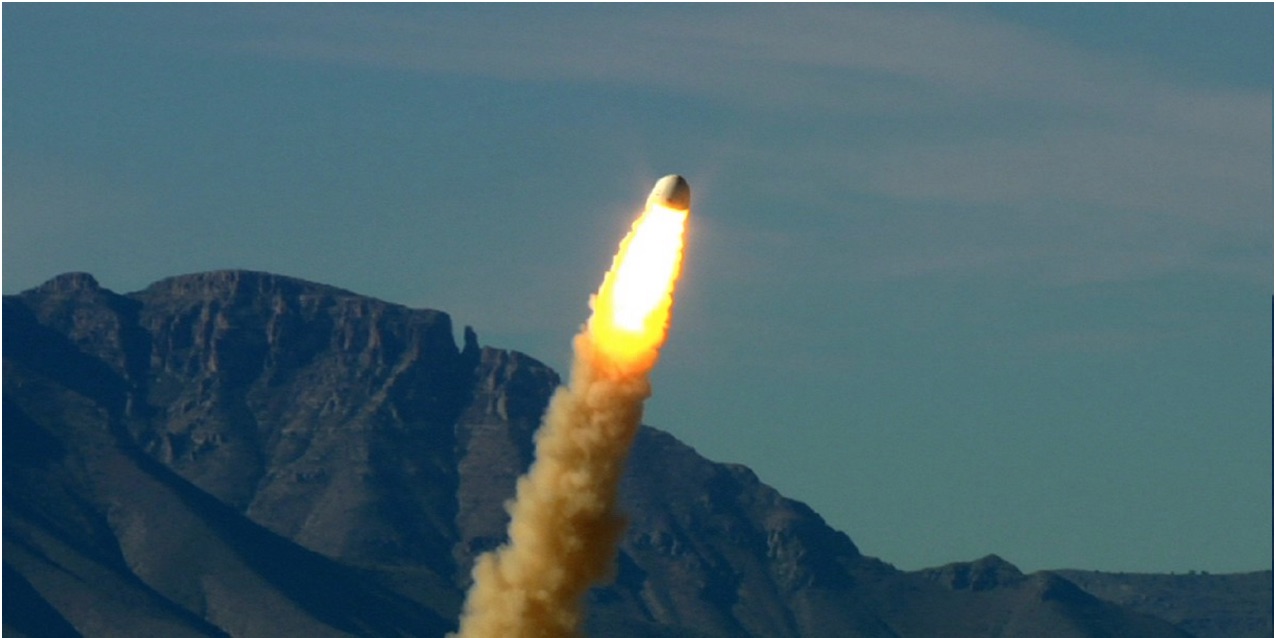
Blue Origin Delays Rocket 'Escape Test' to Wednesday Due to Bad Weather

Blue Origin has delayed the highly anticipated "in-flight escape test" of its New Shepard suborbital spaceflight system by one day to Wednesday (Oct. 5), citing bad weather at its West Texas test site.
"Weather no-go for tomorrow’s New Shepard #InFlightEscape test. Webcast now Wednesday 10:45 am ET [1425 GMT]," Blue Origin announced today (Oct. 3) via its Twitter account, @blueorigin. (Space.com will carry Blue Origin's webcast of the test, if possible.)
New Shepard consists of a rocket and a capsule, both of which are reusable. During Wednesday's test, the capsule will fire its onboard escape motor for two seconds shortly after liftoff, jetting hundreds of feet away from the booster. The goal is to prove out the system — which would get astronauts out of harm's way in a real-life launch emergency — during flight.
Blue Origin is run by billionaire Amazon.com founder Jeff Bezos. The company is developing New Shepard to take people and payloads on brief flights to suborbital space, but its ambitions don't end there. Last month, Bezos announced that Blue Origin is also working on a big orbital rocket dubbed New Glenn. (New Shepard is named after Alan Shepard, the first American to reach space; New Glenn takes its name from John Glenn, the first American to orbit Earth.)
Follow Mike Wall on Twitter @michaeldwall and Google+. Follow us @Spacedotcom, Facebook or Google+. Originally published on Space.com.
Breaking space news, the latest updates on rocket launches, skywatching events and more!

Michael Wall is a Senior Space Writer with Space.com and joined the team in 2010. He primarily covers exoplanets, spaceflight and military space, but has been known to dabble in the space art beat. His book about the search for alien life, "Out There," was published on Nov. 13, 2018. Before becoming a science writer, Michael worked as a herpetologist and wildlife biologist. He has a Ph.D. in evolutionary biology from the University of Sydney, Australia, a bachelor's degree from the University of Arizona, and a graduate certificate in science writing from the University of California, Santa Cruz. To find out what his latest project is, you can follow Michael on Twitter.
